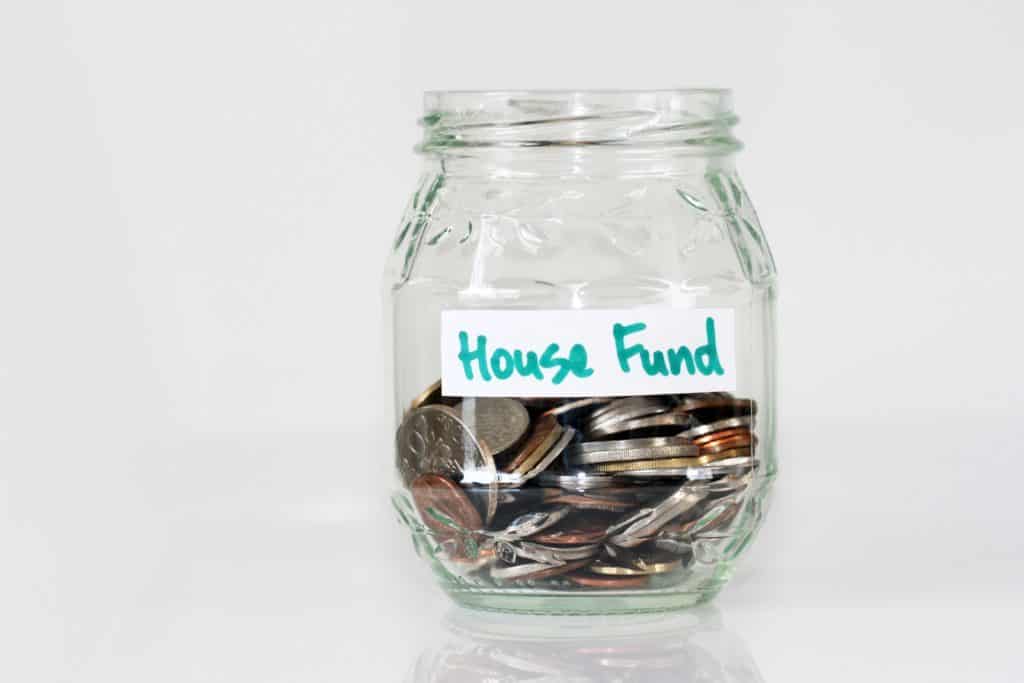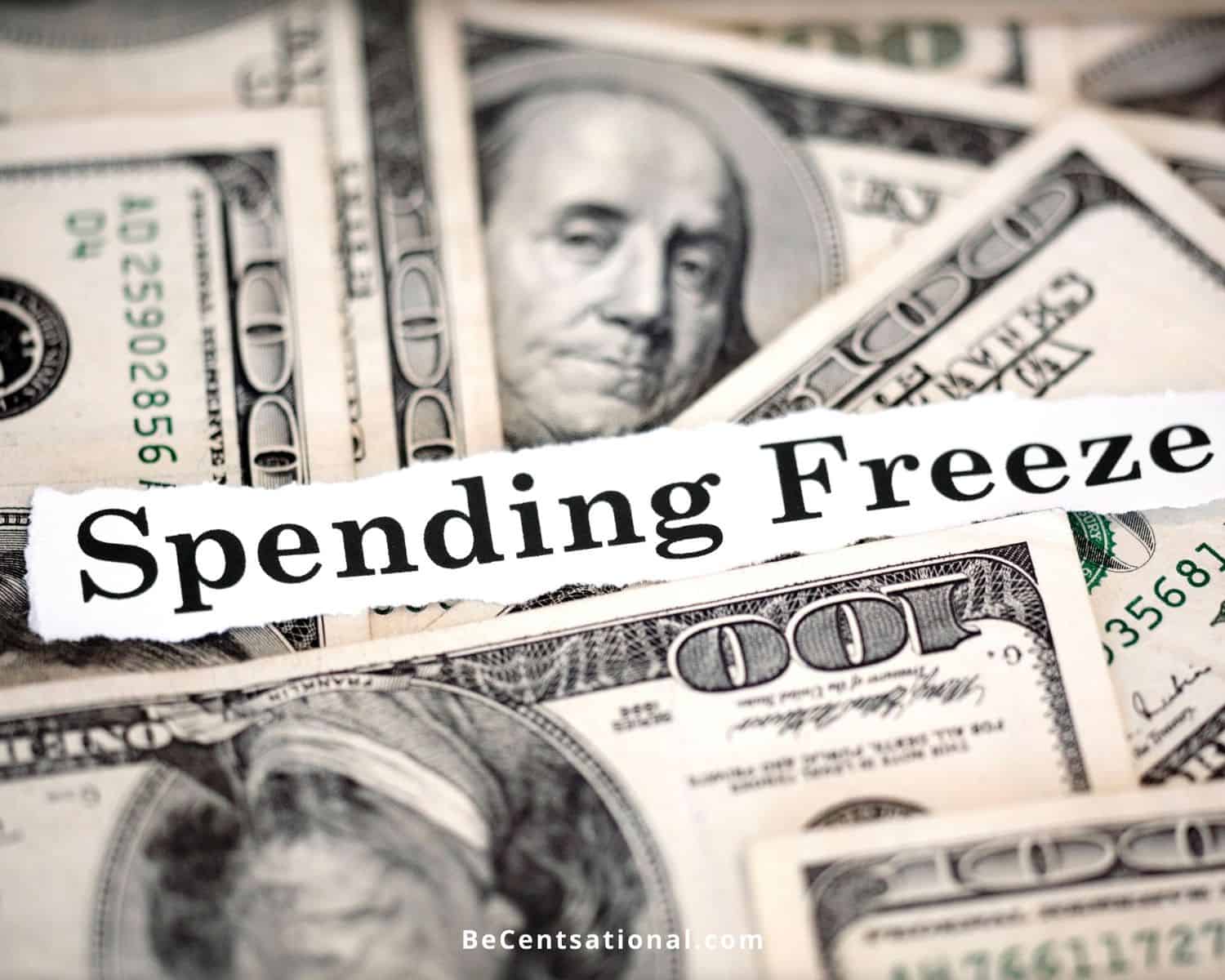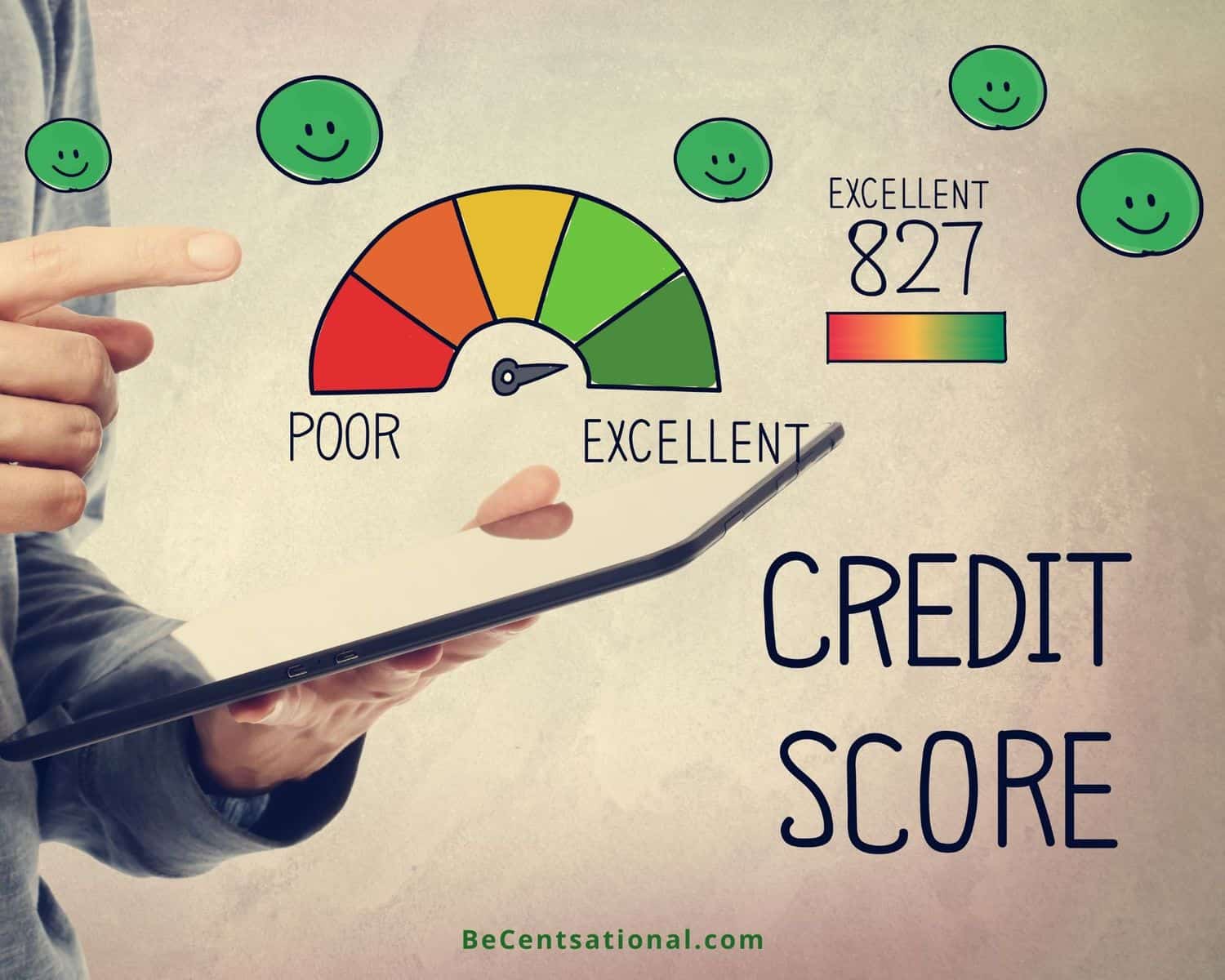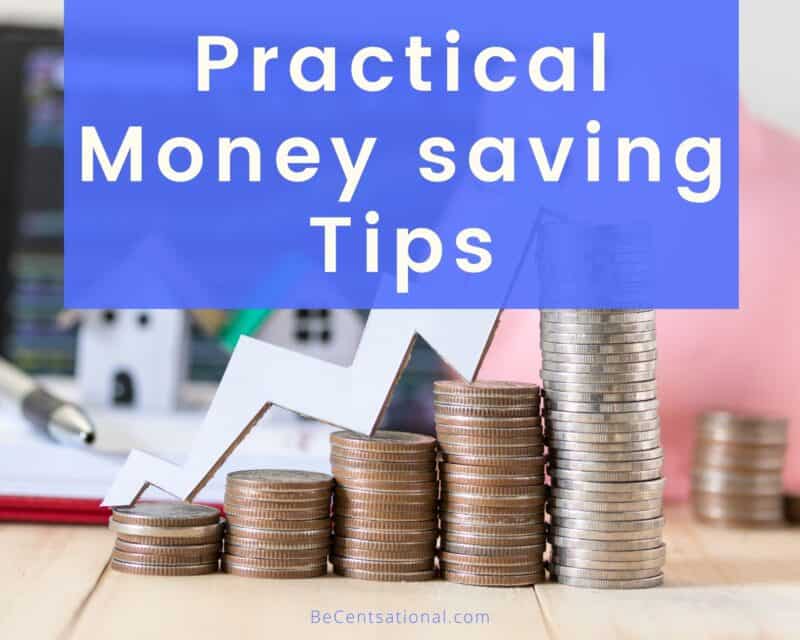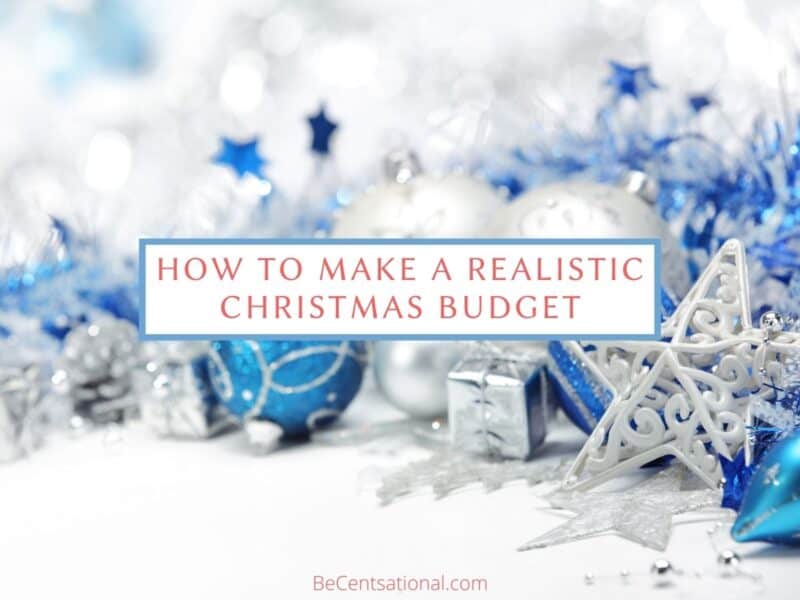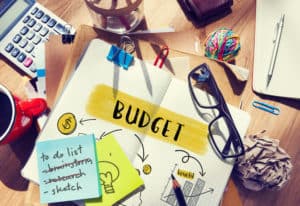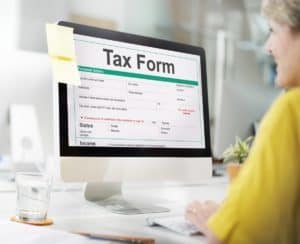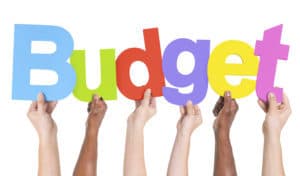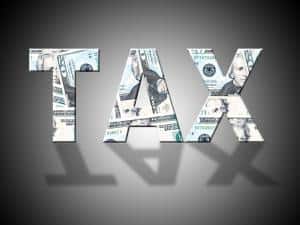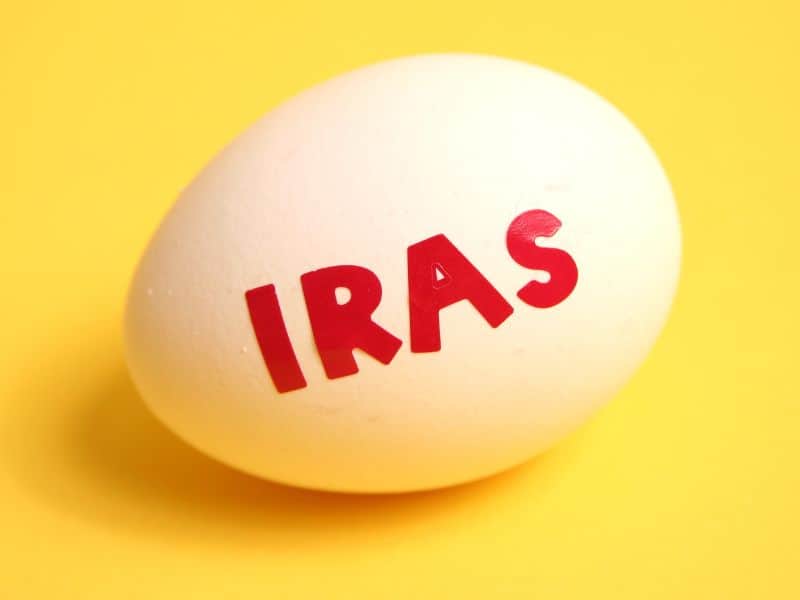An emergency fund is essential to the foundation of personal financial stability. Is preparing for the future and be ready for whatever it may bring.
Here you will learn what is an emergency fund, why you need one, how much you need to save, where to keep it and how to start your emergency savings.
What is an Emergency Fund and Why is it So Important to Have One?
An emergency fund is money set aside in a savings account or a CD (certificate of deposit) for emergency purposes.
In other words, just money stash away for those crazy events that life throws our way.
Imagine if you lose your job. Do you have enough money set aside to pay rent/mortgage and utilities until you find your next job?
That is the purpose of an emergency fund. to keep you afloat until you get your bearings.

Reasons to Start an Emergency Fund
- Loss of employment, layoffs
- Sickness or emergency room visits
- How many people depend on you
- Dental expenses
- Emergency pet care
- Unexpected home repairs
- Failure of major appliances such as a refrigerator or stoves.
- Car repairs
- It helps you sleep at night knowing you have savings set aside.

When Not to Use an Emergency Fund for “Fake Emergencies”

Let’s not confuse emergency situations with relaxation and fun or the syndrome of “I want this” or “I want that”.
The purpose of the emergency fund is to be used ONLY if dire situations arise.
What are NOT emergency situations
- Vacation or holiday
- Weddings events
- Latest hair cut and color
- Plastic surgery or nip and tucks
- The new TV you have been eyeing for quite some time
- You just want to upgrade your car
More Save More Money
- Have no Savings? Simple Steps you Should Be Taking Now
- Easy Ways To Spend Less and Save More Money
- What is an Emergency Fund? Easy Tips to Start One
- Things You Should be Doing to Pay Less Taxes
How Much Money Do You Need in an Emergency Fund?

It is advised to have savings set aside for emergency funds from three to six months of monthly expenses.
I strongly suggest that if you are the sole family supporter that you have a more robust emergency fund since your entire family depends on you completely.
For example, if all your basic expenses add up to $2,000 a month.
Basic expenses such as mortgage (rent), water, gas, electricity, and food.
Then you will need as a minimum (3 months of emergency expenses) $6,000.
But like I mentioned earlier if you are the sole family provider it is optimal to have about 6 months’ worth of expenses as your emergency fund.
From the example above, it will be $12,000.
But my friends the most important thing to take away here is to start saving for an emergency.
It does not matter if you can only contribute just a tiny bit, anything is better then NOT starting.
What is important here is that you get started with whatever amount you are able to contribute.
DO NOT let the amounts of money you can set aside each month deter you from starting to build your safety net.
How Do You Start an Emergency Fund?

After you have come up with a successful budget, now you know where the money is coming from and where the money is going to.
Tweak that budget and add an emergency fund expense every month.
Make sure you stick to your budget plan until you have reached your emergency fund goal.
As the money starts accumulating every month you will see how good it feels and these small successes are the little stepping stones that give you the motivation to stay in this savings path.
Here are some ideas where you can start grabbing money to add to your emergency savings. Find easy ways to spend less and save more money.
Gifts

When you get birthday gifts in cash money from your favorite aunt stash it immediately in your savings fund.
The money you get for anniversaries, for Christmas, put it all in your emergency fund.
This is money you were not counting on getting. So this is a win-win situation.
Tax Refund

When you get your tax refund, use this money to beef up your emergency fund.
Don’t go out and buy the latest iPhone or the biggest TV set, instead use the opportunity to grow your emergency savings.
Sell Things You No Longer Use
This is the easy part. With this tip, you will declutter your home and at the same time get some cash out of it.
Use the proceeds of everything you sell and put it immediately on your emergency savings.
Use Spare Change
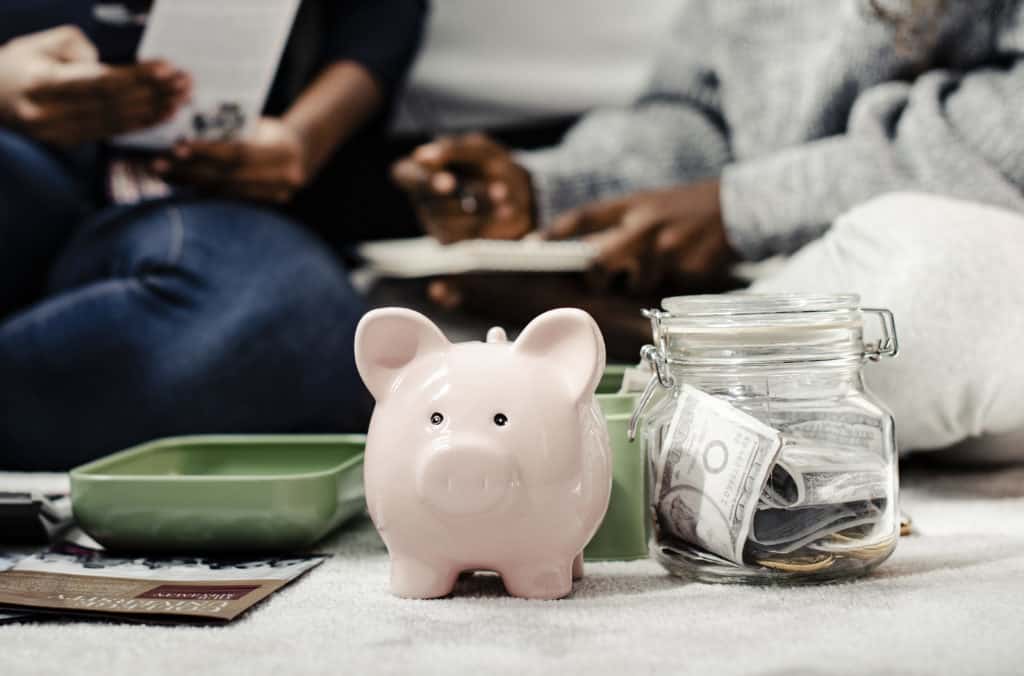
Every beginning of the year get piggy banks for the entire family.
Get into the habit of emptying your pockets, purses, and bookbags.
Every month empty all piggy banks and deposit the money into your emergency fund.
You will be surprised how much money you accumulate in spare change.
Get a Second Job
I know you are probably thinking…
What? a side job? Well, yes that’s what I am suggesting.
This is just temporary, short term. Even if is just a few hours on the weekends. Or just for a few weeks or months.
With the money, you will be earning from the side job you will jump-start your savings.
Related Posts:
Things You Should be Doing to Pay Less Taxes in 2020
Where to Keep Your Emergency Fund

Remember the purpose to have an emergency fund is to have a fully stocked pile of money available to you when things go bad.
Therefore having your money saved in a place where it is guarantee is the best option for you.
In my humble opinion, there are a few things you need to keep in mind when it comes down to where you want to park your emergency savings.
1. No Risks to Low Risk
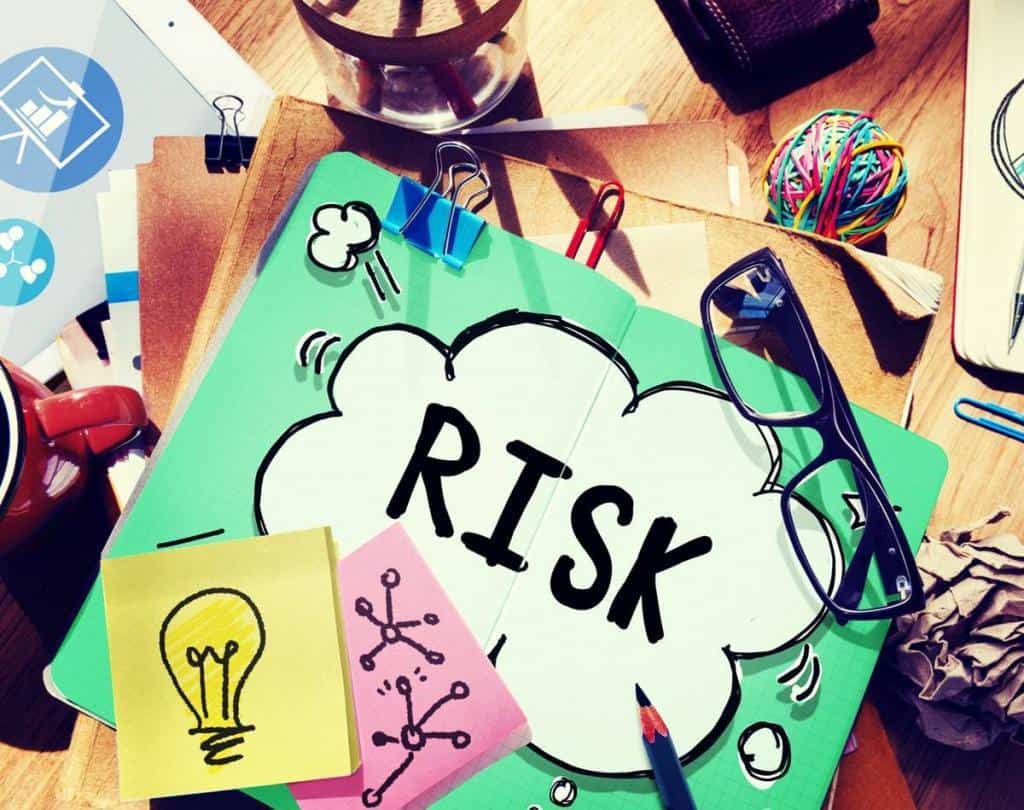
Opening a high yield savings account that is FIDC-insured.
Opening a no penalty Certificate of Deposit (CD) or Split the emergency fund between a CD and low-risk investments.
What is the FDIC?
The FDIC (Federal Deposit Insurance Corporation) is an independent agency of the United States government that protects you against the loss of your insured deposits if an FDIC-insured bank or savings association fails.
FDIC insurance is backed by the full faith and credit of the United States government.
2. Liquidity
It is important that the money is there for you at the time of the emergency. Just go to the bank and cash it out.
If you have the money in bonds you will have to sell and it can take a few business days for the cash to show in your bank account.
If you decide to split your emergency fund into two accounts.
1) Short term emergency fund and
2) Long term emergency fund.
You then can have the short term savings in the high yield savings account and the long term savings on CD’d or bonds since it takes a few days to cash out.
Once you reach your goal of fully funding your emergency savings, CELEBRATE!!! But just don’t stop saving. Start investing.

Post you may also like:
Easy Ways to Spend Less and Save More Money in 2020
Final Thoughts
In closing, we all need an emergency fund.
When you have savings set aside for emergencies, you have peace of mind.
You can sleep better at night knowing that you are ready in case something happens. It gives us financial freedom.
Do you have an emergency fund? how did you build your emergency savings? Have you ever needed to use your emergency fund?
